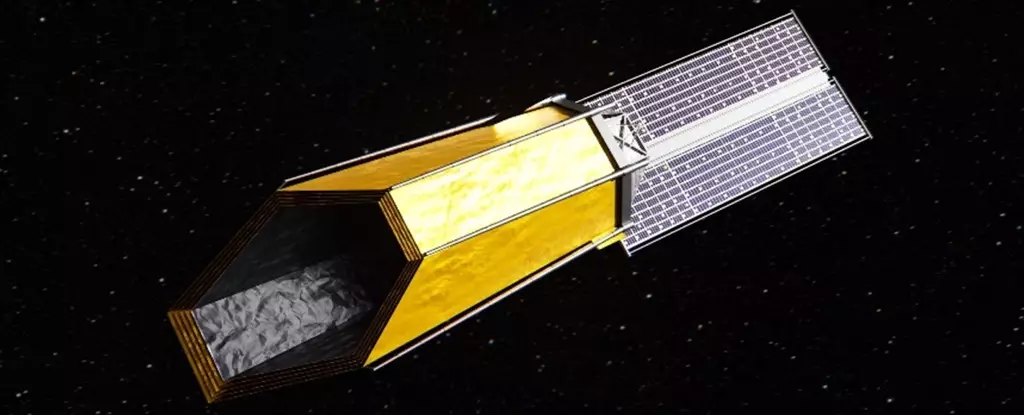NASA has set its sights on an ambitious new project – the development of a telescope that will be dedicated to hunting for habitable worlds. The aptly named ‘Habitable Worlds Observatory’ is still in the early stages of development, with the actual launch of the telescope at least a decade away. However, NASA has already taken the first steps towards realizing this groundbreaking mission.
In order to bring the Habitable Worlds Observatory to life, NASA has awarded contracts totaling $17.5 million to three companies. These contracts will involve research into the next-generation optics, mission designs, and telescope features that will be necessary for the successful operation of the telescope. The work is set to commence in late summer 2024, marking the beginning of an exciting new chapter in space exploration.
The primary goal of the Habitable Worlds Observatory is to directly image Earth-like planets orbiting stars similar to our own Sun. By studying the atmospheres of these planets, scientists hope to identify chemical signatures that could indicate the presence of life. It is estimated that one in every five stars may have an Earth-like planet in orbit around it, making the search for habitable worlds a compelling and potentially groundbreaking endeavor.
Developing the technology needed for the Habitable Worlds Observatory is no easy task. NASA has requested proposals for technologies that are far beyond current capabilities, including a coronagraph capable of blocking out light from host stars and an ultra-stable optical system that can remain stationary to an incredibly precise degree. The challenges ahead are significant, but NASA is confident in the abilities of the companies they have chosen to partner with on this project.
The three companies selected by NASA for the initial research contracts each have a specific role to play in the development of the telescope. BAE Systems will focus on delivering an ‘ultra-stable’ optical system, Lockheed Martin will work on developing integrated modeling infrastructure, and Northrop Grumman will advance the technologies needed to support telescope operations. These contracts represent the first step towards building the framework of technology that will enable the successful launch of the Habitable Worlds Observatory.
As work on the Habitable Worlds Observatory progresses, NASA will continue to draw on the lessons learned from past missions such as the James Webb Space Telescope and the upcoming Nancy Grace Telescope. By building on these experiences and pushing the boundaries of technological innovation, NASA is paving the way for a new era of discovery and exploration in the search for habitable worlds beyond our own.



Leave a Reply